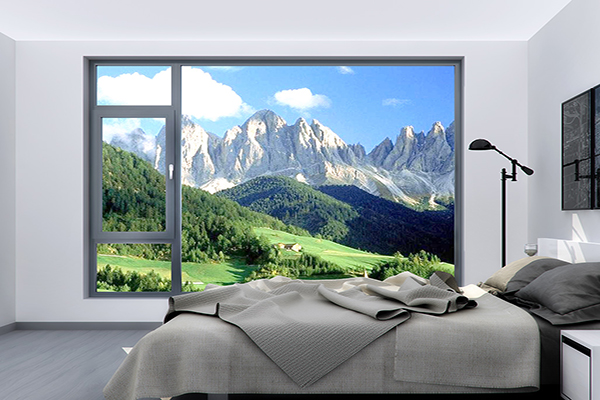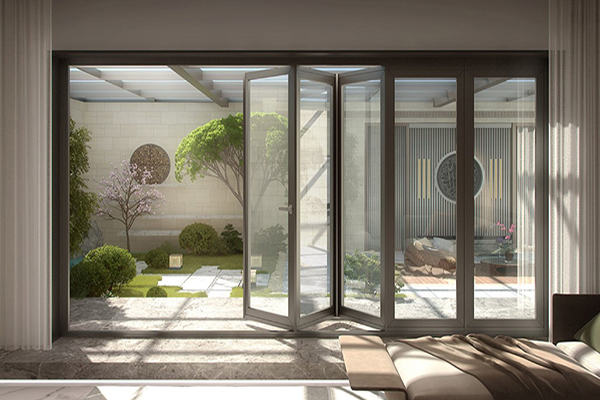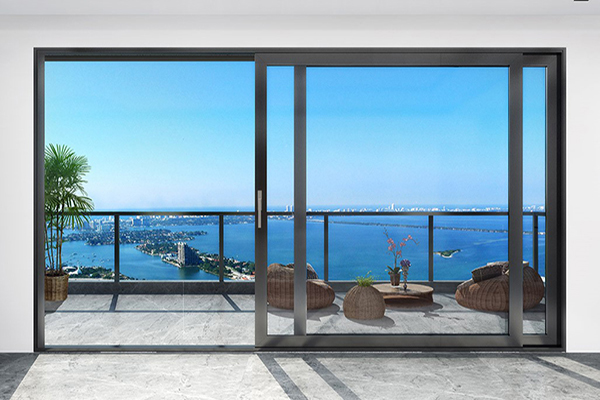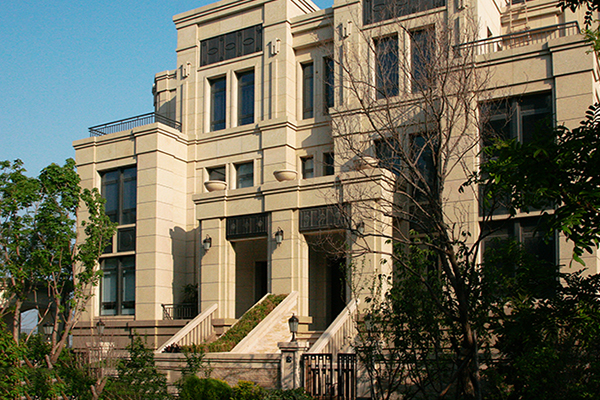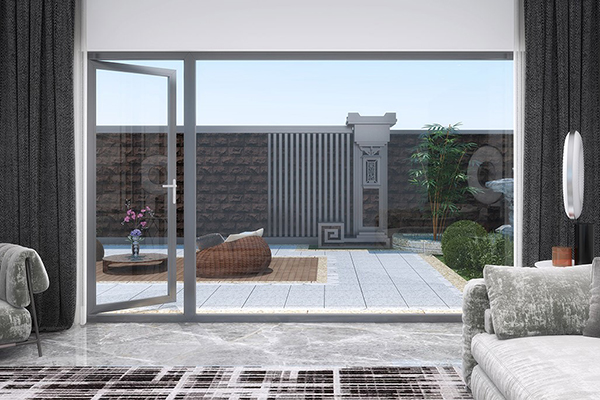What are the acceptance criteria for fully glazed curtain walls?
Material acceptance
Glass quality:
- The glass used in the fully glazed curtain wall should meet the design requirements, such as toughened glass, laminated glass, etc. to meet the corresponding national standards. Check whether the varieties, specifications, colours and optical properties of the glass are correct. The fragmentation state of tempered glass should meet the safety requirements, and it can form small particles with obtuse corners when it is broken, so as to avoid causing serious injuries. The scratch depth of automotive grade float glass is generally not more than 0.05mm.
Connecting materials:
- Materials used to connect the glass, such as glass ribs, metal hangers, sealants, etc. should be checked for quality. Sealant should have good adhesion, weather resistance and water resistance
Installation Quality Acceptance
Perpendicularity and flatness:
- The perpendicularity of the fully glazed curtain wall is an important acceptance indicator. Using a plumb line or laser plumb bob to check, the verticality deviation between adjacent glass panels should not be more than 2mm, and the verticality deviation of the whole curtain wall should not be more than 10mm when the height is not more than 30m; when the height is more than 30m, it should not be more than 15mm.
Glass installation position and clearance:
The installation position of the glass should meet the design requirements, and the connection with the main structure of the building is firm and reliable. The gap between the glass should be uniform and consistent, generally leaving a gap width between 8 - 12mm for filling sealant.
Connection and support structure:
- For supporting structures such as glass ribs, check the positional accuracy, verticality and levelness of their installation. The positional deviation of the centre line of the glass rib should not exceed 2mm, its connection node with the glass panel should be firm, and the tightening torque of the connection bolts should be in accordance with the design requirements. If it is connected by fixture, the fixture should be able to clamp the glass effectively and will not cause damage to the glass.
Acceptance of sealing performance
Airtight performance:
The airtightness performance of the fully glazed curtain wall directly affects the energy saving of the building and the comfort of the indoor environment. General airtightness performance is divided into 1 - 5 levels, the higher the level, the better the airtightness performance. Can be tested by professional airtightness testing equipment, such as pressure box method testing.

Watertightness:
Watertight performance is the key to prevent rainwater infiltration. Watertight performance grading indicators are generally divided into fixed and open parts, and the fixed part should not leak under a pressure difference of 250Pa - 700Pa.
Sealant quality:
- Sealant sealing effect and appearance quality should be checked. Sealant should be filled full, no bubbles, interruptions and other defects.
Acceptance of safety performance
Wind pressure resistance:
According to the basic wind pressure of the region where the building is located and the height of the curtain wall and other factors, the full-glass curtain wall should have sufficient wind pressure resistance. Tested by professional wind pressure resistance testing equipment, the curtain wall should not be opened, damaged, etc. under the action of the standard value of the designed wind load.
Lightning performance:
The fully glazed curtain wall should be reliably connected with the lightning protection system of the building. Check whether the position, number and connection method of the connection points are in accordance with the lightning protection design requirements. It is generally required that the spacing between the metal components of the curtain wall and the connection point of the lightning protection device is not more than 18m.


